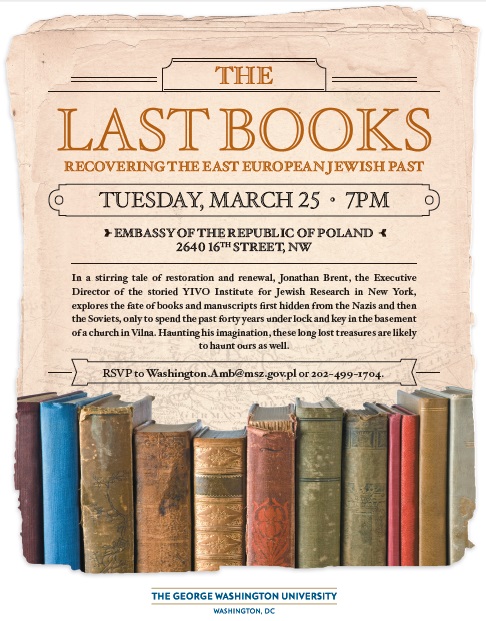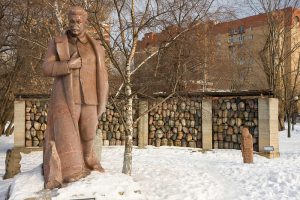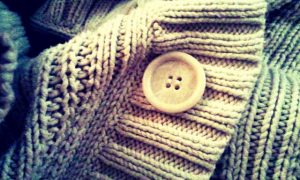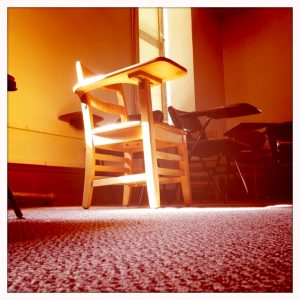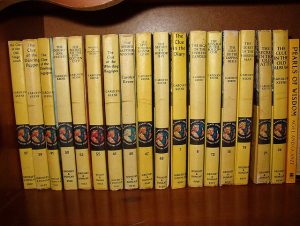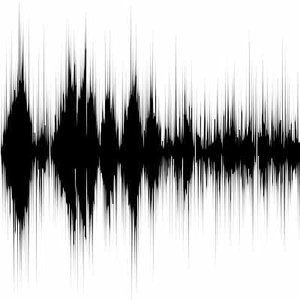Late last week, I had the opportunity to visit with the executive of a foundation which intends on closing its doors for good within the next five years. This philanthropic venture is such a valuable asset to the Jewish community, a supporter of some of its most smartly conceived and innovative programming, that its decision to “sunset,” as the current lingo would have it, is rather puzzling. Why not continue doing good work, especially if money is no object?

I put this question to my host who explained that the organization’s founder strongly believed that the longer a philanthropy endured, the more it ran the risk of departing from the intentions of its original sponsors. Far better, he claimed, to think in terms of a specific life span than of the longue duree.
I suppose those who inhabit the foundation world, much less the beneficiaries of its largesse, might take exception. But from where I sit, as an historian, it’s hard to argue with this philanthropist’s perspective. In fact, I can’t help wonder whether other Jewish institutions might even possibly entertain it. The communal landscape is chock-a-block with facilities long past their prime, facilities that struggle valiantly to hold on even as their constituency and their raison d’etre are increasingly attenuated, the consequence of demographic as well as ideological change.
Synagogues are especially vulnerable. Among the very first institutions to be established, and with such high hopes, too, they seem to enjoy a run that lasts no more than a generation or two before their fortunes change – and not for the better. There’s much to be said for their persistence and for the dedication of those members who keep things going against great odds. And yet, there’s nothing quite as dispiriting as sitting on a Shabbat morning in a sanctuary that had accommodated hundreds of worshippers, but now attracts just a handful of them, its carved wooden pews and imaginative lighting fixtures, once the cynosure of its congregants, now looking somewhat worse for wear, its lustre dimmed.
We hear a lot these days about sustainability. Most of the time,that conversation fastens on the physical environment. Perhaps it’s time to start talking about our institutional resources as well.


